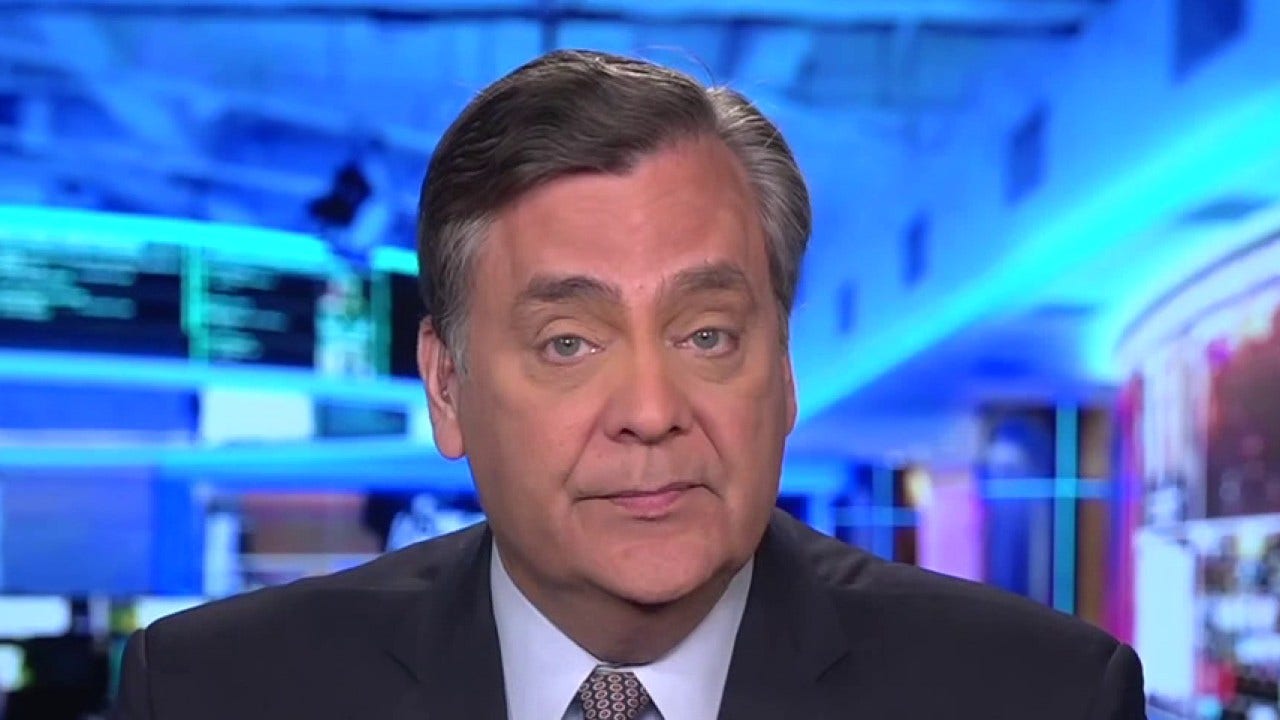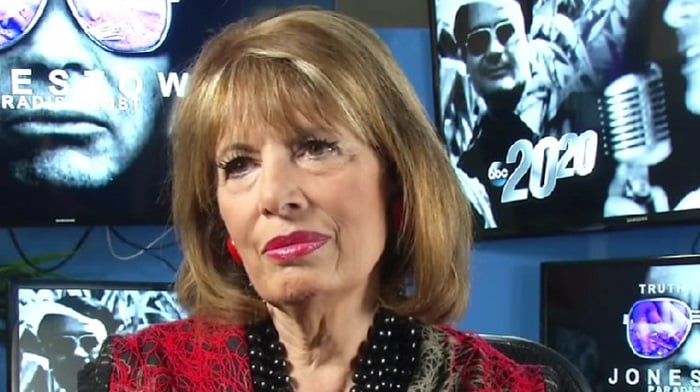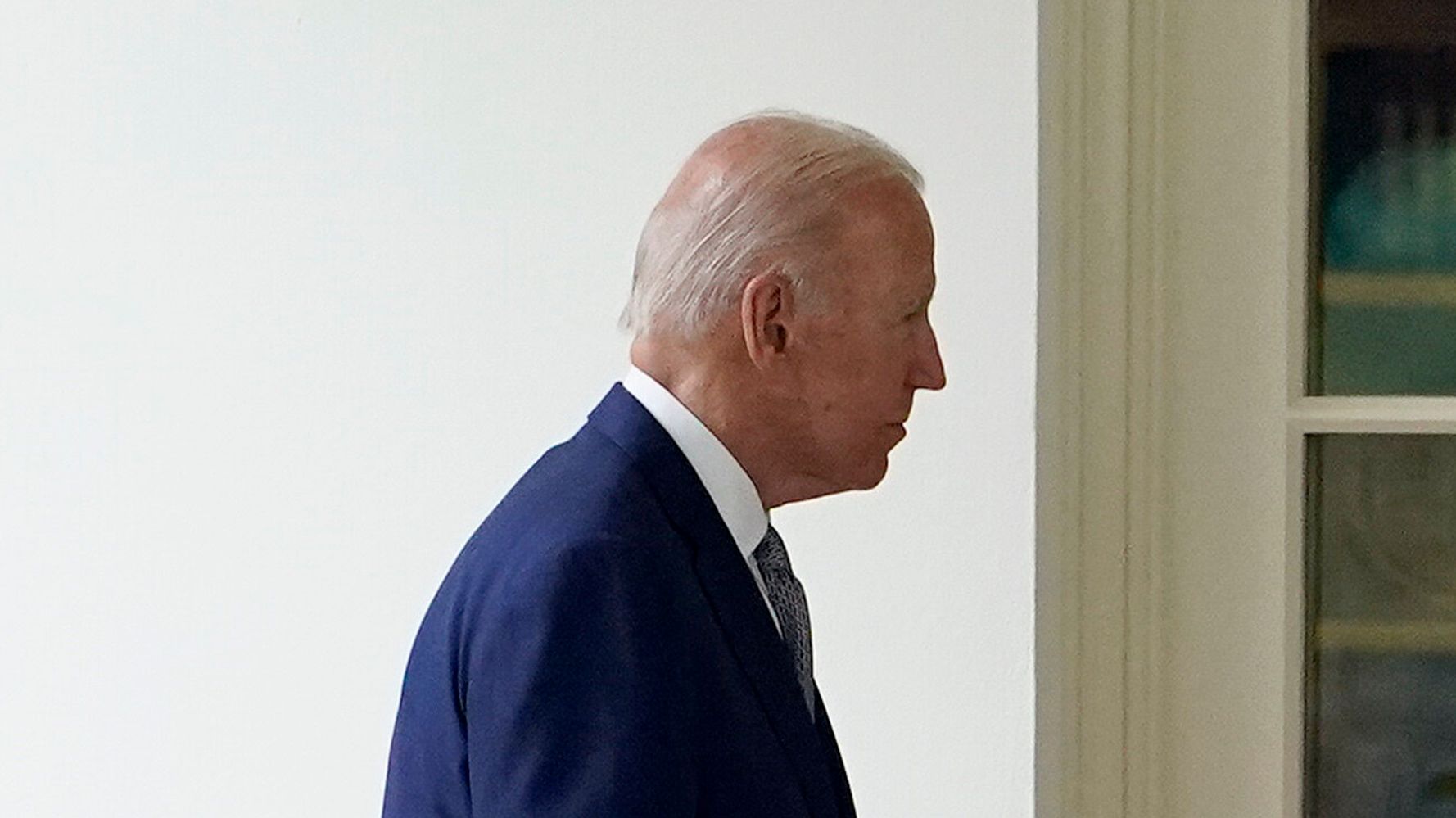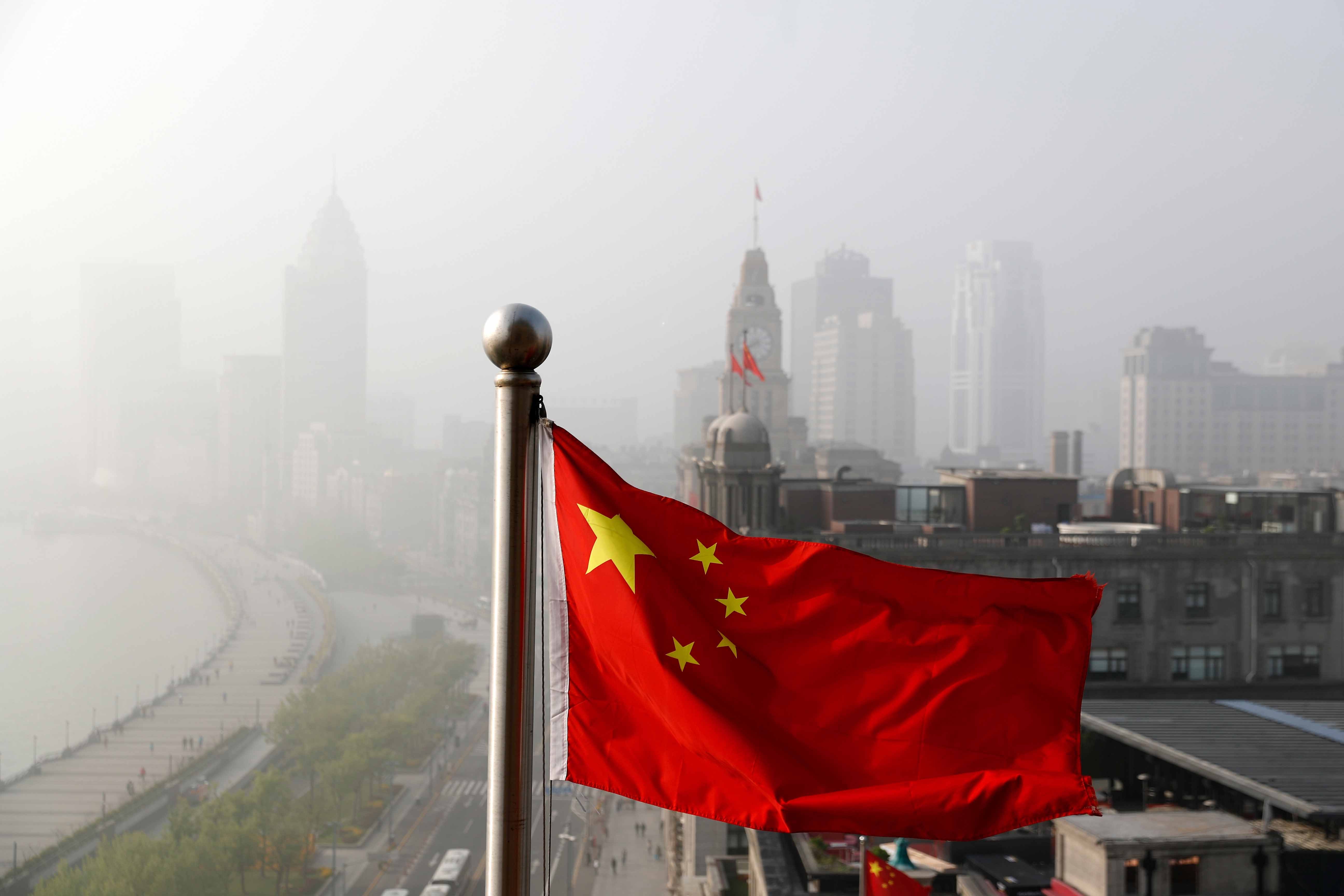The tattoo petition would go on to inspire similar successful efforts at Skechers, Publix, and Jimmy John’s. Since then, more Starbucks workers have launched almost a hundred campaigns. Nearly 80,000 baristas have taken some kind of action on Coworker, and 43,000 are currently active. While plenty of petitions haven’t succeeded, Starbucks workers have claimed victory for several notable changes, ranging from a six-week store closure with pay during the pandemic to expanded paid parental leave to needle-disposal boxes in the bathrooms.
Starbucks spokesperson Reggie Borges denies that Starbucks has based any of its policy changes on Coworker petitions. He says the company receives feedback from employees through a number of channels, including weekly meetings, surveys, a hotline, and a social media platform for managers. “Of course they said they were already considering it, and it had nothing to do with my petition,” Williams says. “But I’m like, ‘sure.’”
To Casey Moore, a barista in Buffalo, New York, who has been active both in the union efforts and on Coworker, it comes as little surprise that Starbucks employees have effected change. “They’re known for hiring LGBTQ folks and people who look at themselves as activists outside of the workplace,” she says. “We want to have a say in the places we work too.”
Even when they don’t result in tangible change, Coworker petitions can drive awareness. In 2016, Starbucks workers began noticing their hours being cut and their stores understaffed. The timing couldn’t have been worse; summer was arriving, and with it the unquenchable thirst for complicated Frappuccino drinks. A California barista named Jaime Prater penned a letter to CEO Howard Schultz about the issue and published a petition on Coworker titled “Starbucks, Lack of Labor Is Killing Morale.” Coworker ran a poll for baristas on its platform and found the labor shortage was a consistent experience.
Shortly after posting his screed, Prater received a call from Schultz himself. “It was thrilling,” says Prater. He thought, “If the CEO of this company is calling me, Mr. Nobody, action’s going to happen. But it didn’t.” Prater says Schultz kindly listened to his concerns, then transferred him to Cliff Burrows, president of Starbucks’ Americas operations. The company gave Prater back pay for a promotion he was supposed to have received but never addressed the staffing shortage, he says. “It was like, quiet down the messenger and forgo the message.”
The petition remains live on Coworker, where it has garnered 25,000 signatures, 17,000 of which come from Starbucks employees. It continues to collect signatures to this day. Some workers have cited staffing shortages as a motivation for unionizing.
Borges disputes that Starbucks understaffed stores and attributes the perceived shortage to seasonal fluctuations, although Prater published his petition well before Starbucks typically pares down staffing in late summer. Borges says store managers can shut off various ordering channels, such as mobile orders, in the event of a staffing crunch.
Although Prater’s campaign hasn’t succeeded, it has helped draw further attention to Coworker and expand its network of baristas—more than 10,000 self-identified Starbucks employees signed the petition in just under six weeks. Prater appeared on news outlets like CNN and gained recognition amongst Starbucks employees. Through the connections he built up, he crowdsourced a document outlining employees’ top concerns and the impacts of these issues on shareholders, workers, and customers, and delivered it to corporate. Despite having left the company in 2018, he says he still receives almost weekly emails about Starbucks.


























































